Hiking Health: Tips for Elderly Explorers
As people become older, it may become more challenging for them to develop a workout routine that is suited to their level of physical capabilities. Typically, when you think of people going on a trek, images of young people with backpacks and water bottles come to mind.
But the fact is, hiking is a sport that people of all ages can participate in and enjoy doing together. Hiking is a fantastic sport for getting some fresh air and maintaining physical fitness. The elderly may benefit from hiking in many different ways.
Benefits of hiking for older adults
Some of which are included below:
Improve balance and flexibility
Seniors' balance and flexibility may vary as they become older. Hiking over uneven terrain, on the other hand, stresses the core muscles and joints in their feet and ankles, assisting seniors in maintaining their balance. Seniors who are new to hiking should begin with easier paths before progressing to more difficult ones.
Encourage a Positive Attitude
Exercise is widely recognized for generating endorphins, which enhance happiness. Hiking extends this by exposing elders to additional green settings. Exercising in natural settings has been found in studies to deliver a mental boost that favorably improves a person's mood for the remainder of the day. Look for routes with a lot of greenery for a nice perspective while exercising, and make sure the senior has a hiking buddy to talk to.
Enhance Cardiovascular Health
Hiking is somewhat more demanding than walking, particularly if the seniors walk on natural pathways or those with a small inclination. Walking over uneven terrain raises the senior's heart rate, increasing the effectiveness of their workout. To guarantee proper blood flow, the hike's intensity may be changed by picking various paths or altering the senior's pace.
Reduces arthritis, joint, and knee pain
Hiking is a great kind of exercise since it is low-intensity and gentle on the body. If you suffer from knee or other joint arthritis, this sort of exercise may help you feel better and get your mobility back faster than others.
Arthritic disorders, including osteoarthritis, rheumatoid arthritis, and gout, may also benefit from hiking because of the reduction in joint stress and inflammation that occurs during the activity. Improved circulation to your joints is only one benefit of this activity. Increased blood flow and decreased inflammation contribute to their continued good health and strength.
Avoid a Boring Situation Routine
Treadmills, for example, are ideal for the elderly who are unable to walk outdoors due to weather or health issues. However, walking on a machine for half an hour might get tedious. Exercise may suddenly become pleasurable when you have a new route to explore or new bird and flower species to discover.
Improve Cognitive Skills
Seniors need novel experiences in order to increase neuronal activity in their brains. Assist the senior in selecting new routes to explore so that their brain is always exposed to fresh stimuli. Ensure that the senior is accompanied by a professional caregiver or a friend until they are comfortable with the path.
Hiking Tips for Seniors
Hiking is a fantastic method for seniors to keep their bodies active without putting too much strain on them. Senior hikers, on the other hand, have more challenges than their younger peers. Before stepping outside, seniors should consider a few things to guarantee a safe and injury-free hiking trip.
Consult Your Doctor Before Leaving
When planning a trek, your safety should be your main concern. As a result, never go trekking without first seeing your doctor. Consult your doctor to rule out any diseases that would prohibit you from enjoying a trek. Even if you are an active senior, you should be aware of various health hazards. Postpone your hiking excursion until you are physically well enough to endure small treks without undue stress. Pack your kit and hit the trails after you've been approved by your doctor.
Bring Required Equipment
Hiking without the necessities is dangerous. A well-prepared first-aid bag should be among the first things you pack. Bring enough to eat and drink, bug spray, sturdy hiking shoes, sunscreen, a toiletry kit, a map, a headlamp, and a quick-dry towel. Pack just the necessities to stay organized and prevent overstuffing. Most hiking equipment is modest, and carrying more stuff will just add to your load.
Dress Properly
During your hiking excursion, resist the temptation to dress too formally or in jeans. Your attire may either improve or hamper your experience on the route. You can never predict when the weather and temperature will change; therefore, it is essential to dress correctly. Choose sturdy, breathable, and lightweight equipment.
Leave your fancy outfit at home for the sake of the wide outdoors. You should bring a wide selection of clothing, including t-shirts, shorts, pants, socks, underwear, pajamas, a swimsuit, a sweater or jacket, a raincoat, closed-toe shoes, sandals, and flip-flops.
Take Breaks
Hiking is not a race; therefore, there is no need to hurry. Take as many breaks as necessary along the journey. It is normal to experience fatigue on the route, and your body needs time to recuperate and refuel. In addition, taking stops allows you to view the breathtaking scenery and recharge your energy.
Hike at your own speed and avoid making comparisons to other hikers. As long as you are enjoying yourself, the length of time it takes you to complete a hike is irrelevant. Taking pauses will also avoid heat exhaustion and heat stroke.
Step By Step
There's a trek for everyone, no matter your age or fitness level. However, beginning with shorter treks will place less burden on the body than longer excursions. Try hiking on short, simple paths twice each week and progressively adding 20 minutes to each excursion.
On your first effort, pay attention to how you feel and avoid overdoing it. After completing a few short treks and gaining strength, you may seek more difficult paths. Beginners should always take it gently and begin with 30- to 60-minute treks.
Check the Weather
Before setting out on your hike, make sure to check the local weather forecast. Keep an eye out for weather alerts and storms. Check respected weather channels and websites one week before your travel for an accurate prediction. This will allow you to plan and prepare properly since weather fluctuations might affect what you need to carry.
Share Your Plans
It is usually a good idea to inform loved ones of your trekking intentions. Someone should constantly be aware of their intended destination. Accidents might happen while you're out in nature, so it's essential to advise a trusted individual about your trip intentions in case of an emergency. Don't forget to keep your loved ones informed on your location so they may readily send or receive aid if required.
Ending
Hiking is not just for the young and physically fit. Seniors may still appreciate the wonderful outdoors. However, it's crucial to be conscious of the possible hazards and to organize your trek properly. Follow these recommendations for elders to guarantee a successful and pleasant trek. Now all that remains is to go outside and take in the splendor of nature.
Recommend Products
-
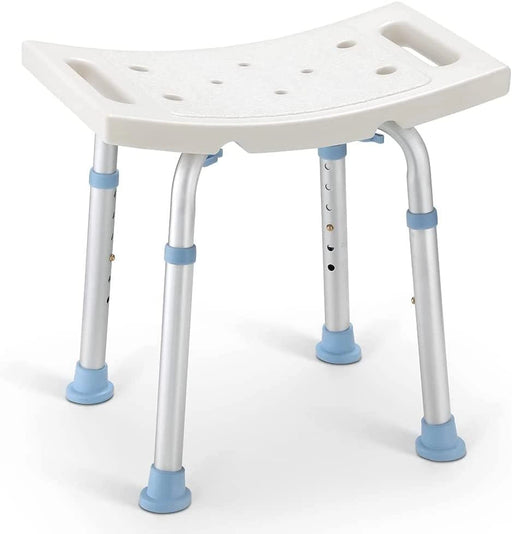 Sale
Sale
Standard - 300LBS Capacity Shower Stool
Original price $51.99From Original price $28.99Original price $51.99Current price $28.99From $28.99Current price $28.99OasisSpace Medical Square Shower Stool for Bathtub OasisSpace Square Shower Stool for Bathtub is approved as the highest standard(FDA) for medical...
View full detailsSaleOriginal price $51.99From Original price $28.99Original price $51.99Current price $28.99From $28.99Current price $28.99 -
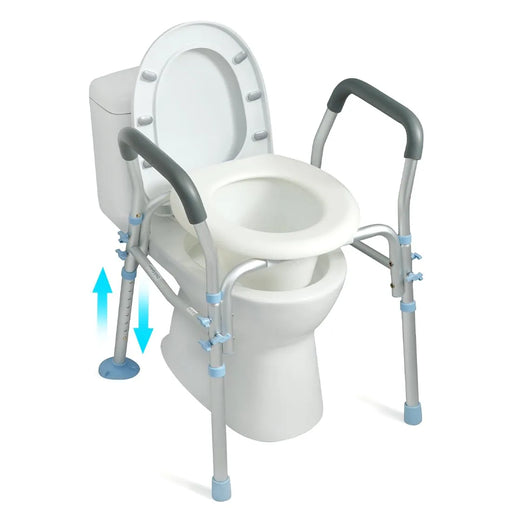 Sale
Sale
300LBS Capacity Raised Toilet Seat with Arms
Original price $120.99From Original price $69.99Original price $120.99Current price $69.99From $69.99Current price $69.99OasisSpace Raised Toilet Seat with Arms - Safe and Convenient OasisSpace Raised Toilet Seat with Arms provides stable support for users to sit dow...
View full detailsSaleOriginal price $120.99From Original price $69.99Original price $120.99Current price $69.99From $69.99Current price $69.99 -
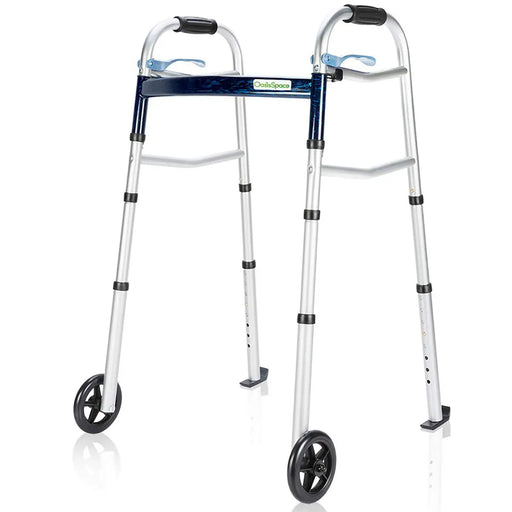
350LBS Capacity 2 Wheel Walker
From Original price $39.99Original price$39.99From $39.99Current price $39.99Product Advantages OasisSpace's 350LBS Capacity walker offers a fusion of lightweight design and sturdy support, crafted from high-grade anodized ...
View full detailsFrom Original price $39.99Original price$39.99From $39.99Current price $39.99 -
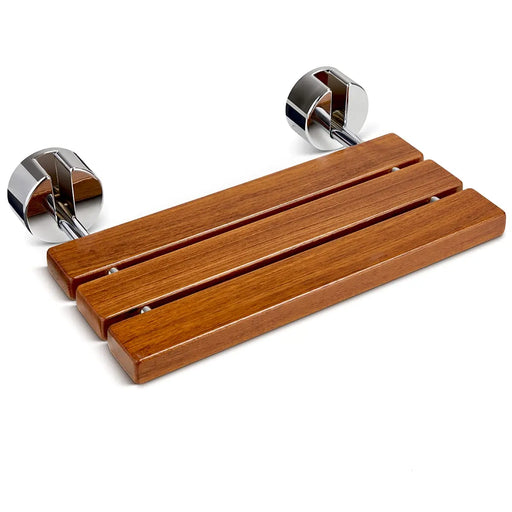
Wall Mounted - 400LBS Capacity Teak Folding Shower Seat
From Original price $131.99Original price$131.99From $131.99Current price $131.99Advantages OasisSpace Teak Wall-Mounted Shower Seat adopts a folding design, which can save space to the greatest extent and can be folded up at a...
View full detailsFrom Original price $131.99Original price$131.99From $131.99Current price $131.99 -
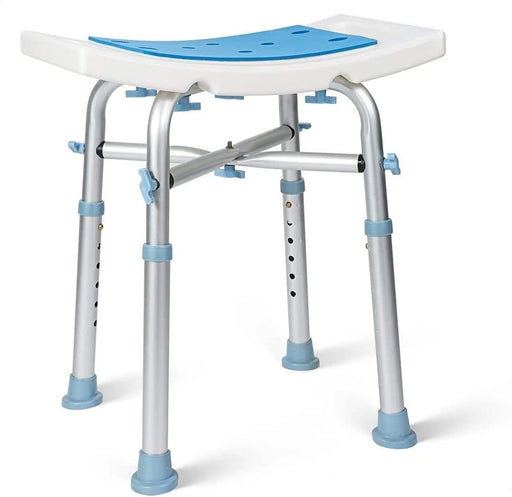 Sale
Sale
Padded & Bariatric - 500LBS Capacity Heavy Duty Shower Stool
Original price $57.99From Original price $36.99Original price $57.99Current price $36.99From $36.99Current price $36.99OasisSpace Medical Heavy Duty Bariatric Shower Stool OasisSpace Medical Heavy Duty Bariatric Shower Stool is approved by the FDA, which is the hig...
View full detailsSaleOriginal price $57.99From Original price $36.99Original price $57.99Current price $36.99From $36.99Current price $36.99 -
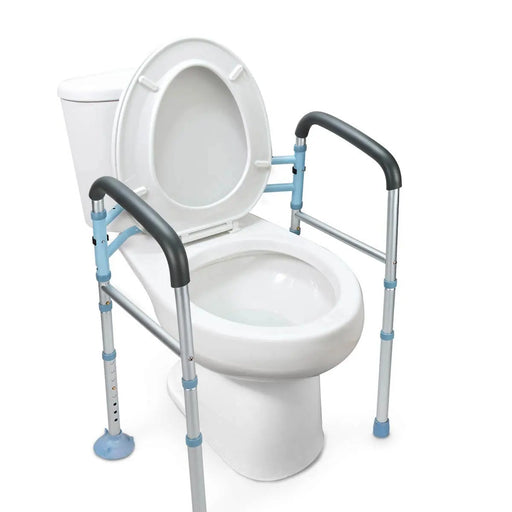 Sale
Sale
300LBS Capacity Stand Alone Toilet Safety Rail
Original price $69.99From Original price $55.99Original price $69.99Current price $55.99From $55.99Current price $55.99OasisSpace Toilet Safety Rails - Fit Any Toilet OaisSpace stand-alone toilet safety rails provide sturdy support for the elderly and people with ...
View full detailsSaleOriginal price $69.99From Original price $55.99Original price $69.99Current price $55.99From $55.99Current price $55.99







